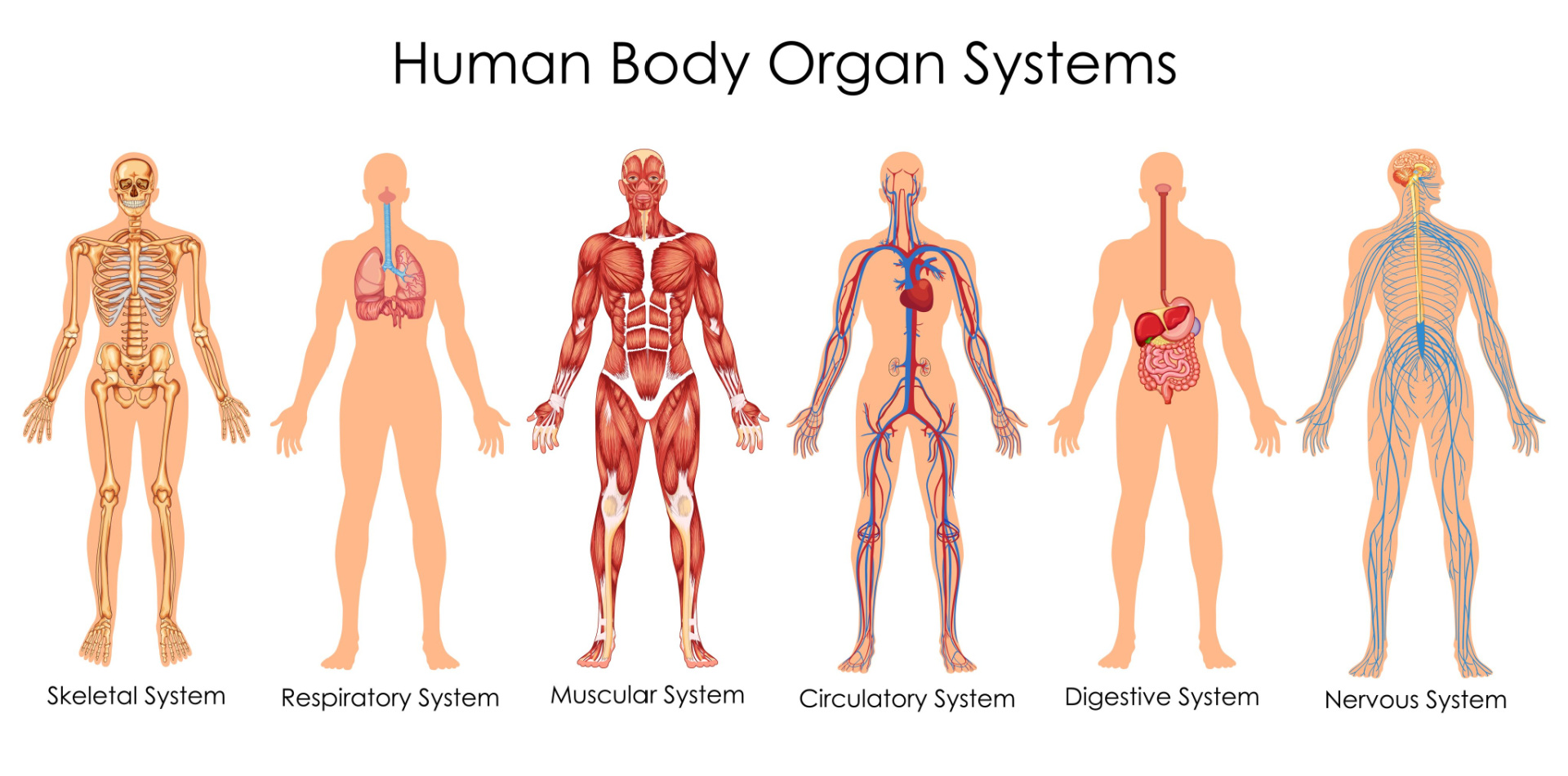Human Species
A Species of Intelligent Apes
Humans are a species of bipedal sentient mammals related to apes, and similar to dwarves and elves. with four limbs and 5 digits on each appendage, opposable thumbs, and two eyes that are capable of very fine color distinctions and acute depth perception. They also have sensors for smelling, hearing, taste and touch, although these are not the dominant methods that humans use to experience the world. They have much better day vision than night vision. Although they do not have meaningful integrated weapons, they have adapted to the lack by becoming extremely proficient tool users. They have a large brain that allows them to perform abstract thinking and they have developed language, both oral and written, and mathematics including the concept of zero. They do not have fur, but instead have hair in limited regions which appears to have utility more as a sexual attractant than any other function. Humans have developed clothing to protect their skin and regulate their body temperature from environmental extremes. Humans come in a wide variety of skin and hair colorations ranging from an almost blue-black color through various shades of brown and cream to an almost translucent white.Longevity & Reproduction
Unlike the other races that call Arrhynsia home, humans are extremely short lived, lasting a mere eighty to a hundred years and replicating generously, their females being capable of bearing new offspring by the age of thirteen years, dropping litters of up to three at a time (though singles are typical), and replicating this feat every year. It is not unusual for a healthy female human to have a dozen children over her fertile years which typically span about thirty if she does not die in childbirth or of disease. Males are similarly short lived but tend to die in conflict, in physical accidents, or of illness as they are more likely to take the risks of engaging in dangerous pursuits than females.Development
Compared to other races, children are a relatively small investment to raise as they reach sexual maturity quickly, although as for other sentient beings, their childhood is extended compared to non-sentient animals. Human children require concentrated attention from their females for their first five years of life in order to reach adulthood with any regularity, as their brains and physiology do not develop sufficiently inside their mothers to ensure survival as soon as they are born. Food supply during the growing years is critical as human mortality rates prior to adulthood can easily reach as high as fifty percent if food is scarce or has inadequate proteins, fats, vitamins and trace minerals.Body Systems
Lack of Innate Magic
Unlike the other races of Arrhynsia, humans did not develop a natural ability to use magic nor a resistance or immunity to it. Instead, enabled by their large brains which are adapted for the development of abstract thinking and the creation and use of tools, humans formulated the magical system and disciplines we now refer to as wizardry . This magical discipline exploits the inherent magic of the world and harnesses it through specific formulations including spells and magic items. Pure blooded human wizards cannot practice magic without these tools as they lack a mageiakysti. Humans think strategically in spite of their short lives, and families whose interests are magical will cross breed with native Arrhynsian races in order to bring the proper genetics into the bloodline to gain this native magic working capability, elves being most desired. An elven bard in a human city with an arcane university is likely to find themselves in high demand.
Related Organizations




Comments